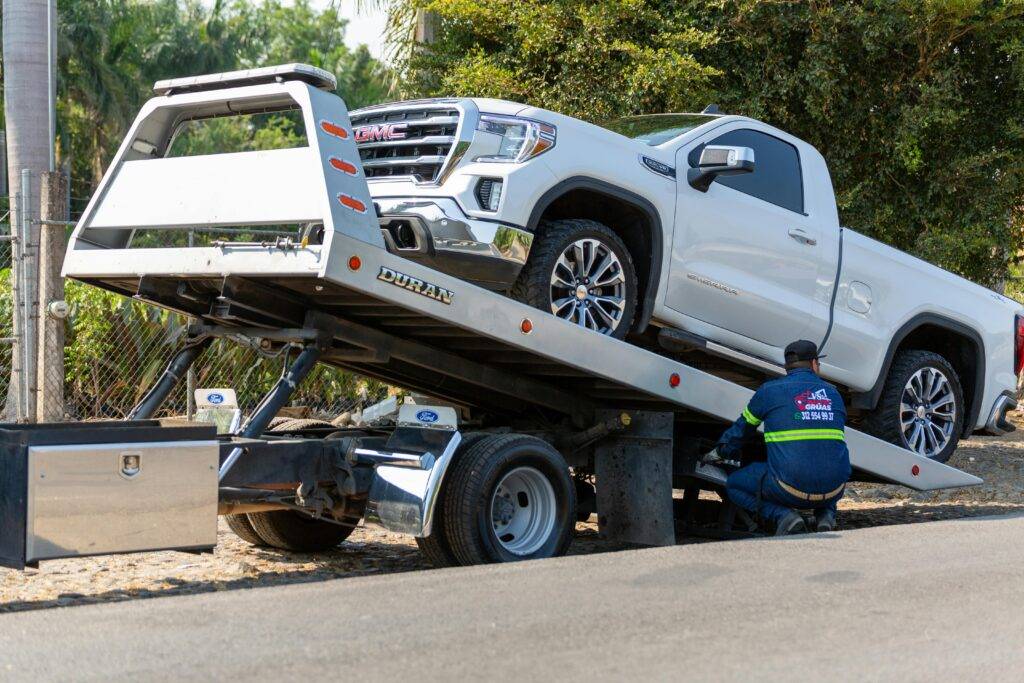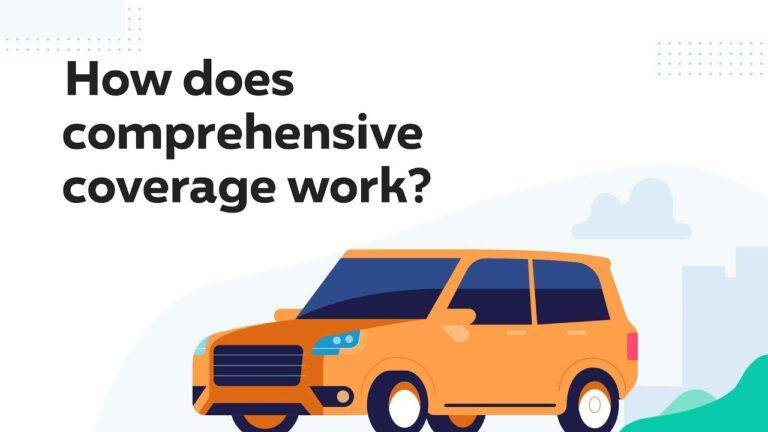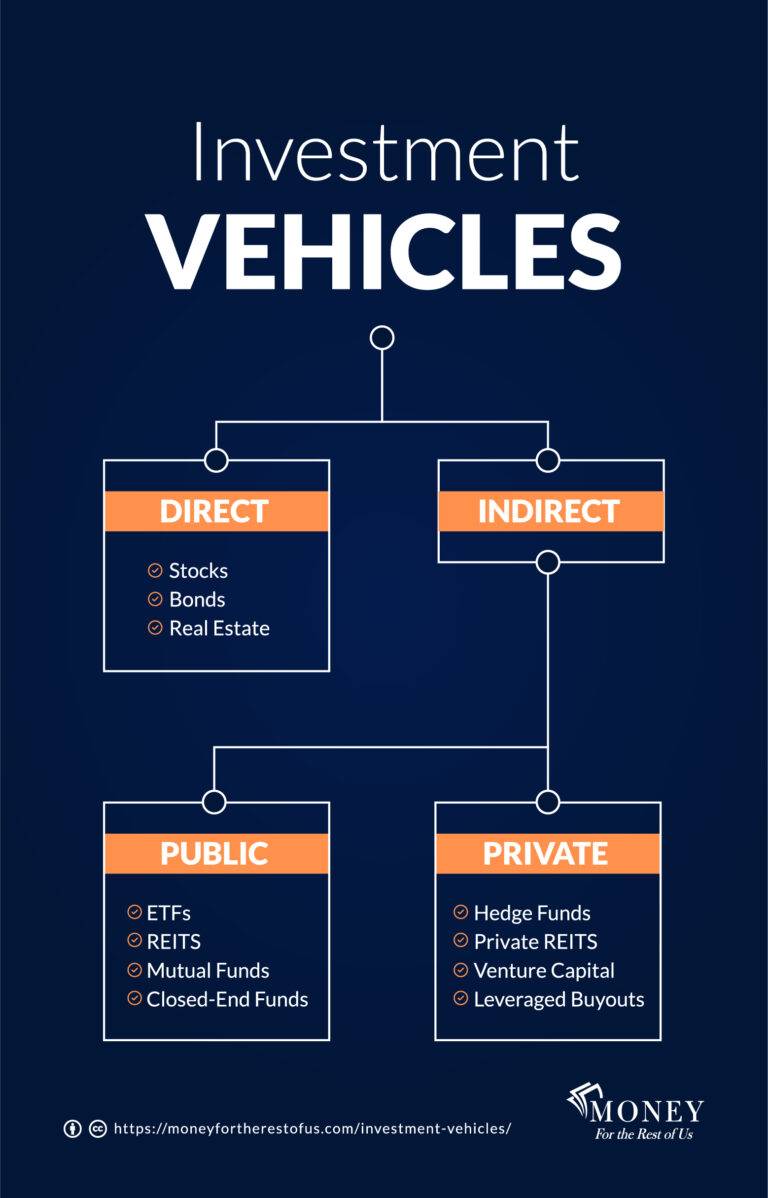Car insurance. It’s a necessity for drivers, but navigating the complexities of coverage options and industry jargon can feel like trying to decipher a foreign language. Understanding car insurance is crucial for making informed decisions that protect both your finances and your well-being on the road. This comprehensive guide will act as your roadmap through the world of car insurance, providing clear explanations of essential terms and concepts, ultimately empowering you to secure the right car insurance for your unique needs.

Demystifying Car Insurance Terminology:
- The foundation of any car insurance policy, the premium is the amount you pay, typically on a monthly or annual basis, to maintain your coverage. Your car insurance premium is determined by a variety of factors, including your driving history, age, location, type of vehicle, credit score, and the specific coverage levels you choose. Understanding how these factors influence your premium is key to managing your car insurance costs effectively.
- Think of your deductible as the threshold you cross before your car insurance kicks in to cover the costs of a claim. You’ll typically see deductibles applied to collision and comprehensive coverage. Opting for a higher deductible often translates to a lower car insurance premium, but it also means you’ll shoulder more of the financial burden in case of an accident. Balancing your deductible with your premium is a crucial decision when choosing car insurance.
- This cornerstone of car insurance protects you financially if you’re found responsible for causing bodily injury or property damage to others in an accident. Liability coverage comprises two key components: bodily injury liability, covering medical expenses and legal costs for injuries you cause to others, and property damage liability, which covers repairs or replacement of another person’s property damaged in an accident where you’re at fault. Adequate liability coverage is essential for protecting your assets and ensuring you’re not left with overwhelming financial burdens after an accident.
- C Accidents happen, and collision coverage is there to protect you when they do. This type of car insurance covers the costs of repairing or replacing your vehicle if it’s damaged in a collision with another vehicle or object, regardless of who is at fault. While not always mandatory, collision coverage can be a lifesaver for newer or more valuable vehicles, offering financial security and peace of mind in the face of unexpected accidents.
- C Going beyond collisions, comprehensive car insurance provides protection against a wider range of perils that can damage your vehicle. This includes theft, vandalism, fire, natural disasters (such as floods or hailstorms), and even falling objects. While not legally required, comprehensive car insurance is highly recommended for safeguarding your vehicle against unpredictable events.
- P PIP, also known as “no-fault” coverage, focuses on medical expenses. This coverage pays for medical bills for you and your passengers after an accident, regardless of who caused it. PIP can cover expenses such as hospital stays, doctor visits, rehabilitation, and even lost wages. While mandatory in some states, PIP offers valuable protection against medical costs that can quickly accumulate after an accident.
- Not everyone on the road carries adequate car insurance. Uninsured/underinsured motorist coverage steps in to protect you if you’re involved in an accident with a driver who either has no insurance or doesn’t have enough coverage to fully compensate you for damages. This coverage ensures you’re not left bearing the financial burden caused by another driver’s lack of responsibility.
Understanding Key Concepts in Car Insurance:
- S Every state has its own set of regulations dictating the minimum car insurance coverage drivers must carry. These requirements typically focus on liability coverage, ensuring that drivers can at least cover the costs of injuries and damages they cause to others. Understanding your state’s car insurance requirements is crucial for remaining compliant with the law and avoiding penalties.
- C Coverage limits define the maximum amount your car insurance company will pay out for a covered claim. Selecting appropriate coverage limits is essential for ensuring you have sufficient financial protection in case of a significant accident. While higher limits offer greater peace of mind, they also come with higher premiums. Evaluating your needs and budget is essential for choosing suitable car insurance coverage limits.
- N Car insurance operates under two main systems: no-fault and at-fault. In no-fault states, drivers rely on their own PIP coverage for medical expenses after an accident, regardless of who is at fault. In at-fault states, the driver who caused the accident is responsible for covering the costs of damages and injuries. Understanding which system your state follows is crucial for navigating the claims process and knowing your rights and responsibilities after an accident.
- F Car insurance premiums are not one-size-fits-all. A multitude of factors influence the cost of your car insurance, including your driving record, age, location, credit score, type of vehicle, and chosen coverage levels. Maintaining a clean driving record, residing in a safe area, and opting for a vehicle with a good safety rating can all contribute to lower car insurance premiums.
Making Smart Car Insurance Decisions:
- The right car insurance for you hinges on your unique circumstances. Consider your driving habits, the value of your vehicle, your budget, and your risk tolerance when choosing coverage levels and options.
- S Car insurance rates can vary significantly between companies. Obtaining quotes from multiple insurers empowers you to compare coverage options and premiums, ensuring you find the best value for your needs.
- S Before committing to a car insurance policy, meticulously review the terms and conditions to understand coverage limits, exclusions, deductibles, and any additional fees.
- M Your driving history is a major factor influencing your car insurance premium. By practicing safe driving habits and avoiding traffic violations, you can maintain a clean record and enjoy lower insurance costs.
- Don’t hesitate to ask your insurance agent or company representative for clarification on any aspect of your car insurance policy. A clear understanding of your coverage is essential for making informed decisions and ensuring you have the protection you need.
Additional Car Insurance Considerations:
- O Beyond the core coverages, car insurance companies often offer a variety of optional add-ons to tailor your policy to your needs. These may include roadside assistance, rental car reimbursement, gap insurance (covering the difference between your car’s value and what you owe on a loan or lease), and even coverage for custom equipment or personal belongings in your vehicle. Evaluating these options allows you to customize your car insurance for comprehensive protection.
- D Car insurance companies frequently offer various discounts that can significantly lower your premiums. Common discounts include safe driver discounts, multi-policy discounts (for bundling car insurance with other policies, such as homeowners or renters insurance), good student discounts, and discounts for safety features on your vehicle. Exploring available discounts is a savvy way to maximize savings on car insurance.
- U For those who drive less frequently or practice safe driving habits, usage-based insurance programs can offer significant savings. These programs utilize telematics devices or mobile apps to monitor your driving behavior, such as mileage, speed, and braking patterns. Safe and low-mileage drivers can earn discounts on their car insurance premiums based on their driving data.
- R As your life circumstances change, so might your car insurance needs. Regularly reviewing your policy and updating your coverage levels ensures you maintain adequate protection. Events such as purchasing a new vehicle, adding a teen driver to your policy, or moving to a new location may necessitate adjustments to your car insurance.
Car Insurance: An Investment in Your Security
Understanding car insurance is not merely about fulfilling a legal requirement; it’s about protecting yourself, your loved ones, and your financial well-being. By grasping the essential terms, concepts, and considerations discussed in this guide, you can confidently navigate the car insurance landscape and make informed decisions that provide optimal coverage for your needs. Remember, car insurance is an investment in your peace of mind on the road, ensuring you’re prepared for the unexpected while enjoying the freedom of driving.
Advanced Car Insurance Concepts:
- In the unfortunate event of an accident, understanding the car insurance claims process is essential. This involves promptly reporting the incident to your insurer, providing necessary documentation (such as a police report and photos), and cooperating with the claims adjuster. Knowing what to expect during the claims process can alleviate stress and ensure a smoother experience.
- Many car insurance companies offer accident forgiveness programs, which can prevent your premiums from increasing after your first at-fault accident. This valuable feature can provide financial relief and protect your driving record.
- D If your vehicle is damaged in an accident, even after repairs, it may experience diminished value, meaning its market value is lower than before the accident. Some car insurance policies offer coverage for diminished value, compensating you for this loss.
- C For owners of classic or antique vehicles, specialized car insurance policies cater to the unique needs of these valuable automobiles. These policies often consider the vehicle’s appraised value and may offer agreed-value coverage, ensuring you receive a pre-determined amount in case of a total loss.
Staying Informed about Car Insurance:
The car insurance industry is constantly evolving, with new coverage options, technologies, and regulations emerging. Staying informed about these developments is crucial for making the best decisions regarding your car insurance. Here are some ways to stay up-to-date:
- C Your insurance agent is a valuable resource for information and guidance on car insurance matters. Regularly communicate with your agent to discuss any changes in your circumstances and explore new coverage options.
- F Stay abreast of industry news and trends through reputable online sources, industry publications, or consumer advocacy organizations.
- R Make it a habit to review your car insurance policy at least once a year to ensure it still meets your needs and that you understand any changes or updates.
Car Insurance and Technology: A Glimpse into the Future
The car insurance landscape is undergoing a technological transformation, driven by advancements in telematics, data analytics, and artificial intelligence. These innovations are reshaping the way car insurance is priced, managed, and experienced by drivers. Here’s a glimpse into the future of car insurance:
- T Telematics devices and mobile apps are becoming increasingly prevalent, enabling insurers to collect real-time data on driving behavior. This data fuels usage-based insurance programs, allowing for personalized premiums based on individual driving habits. Safe drivers are rewarded with lower rates, creating an incentive for responsible driving behavior and promoting road safety.
- AI and machine learning algorithms are revolutionizing risk assessment and claims processing. These technologies can analyze vast amounts of data to predict the likelihood of accidents, detect fraudulent claims, and expedite the claims settlement process. This results in more accurate pricing, faster claims resolutions, and a more efficient car insurance ecosystem.
- The rise of autonomous vehicles presents both challenges and opportunities for the car insurance industry. As self-driving cars become more prevalent, the nature of accidents and liability may shift. Car insurance models will need to adapt to account for the role of technology in accidents and the potential reduction in human error.
Car Insurance: A Shared Responsibility for Safer Roads
Car insurance plays a crucial role in promoting road safety. By encouraging responsible driving behavior, providing financial protection in case of accidents, and investing in technologies that prevent collisions, the car insurance industry contributes to a safer driving environment for everyone. As drivers, we also share the responsibility of prioritizing safety on the roads. Here are some ways we can contribute:
- P Adhering to traffic laws, avoiding distractions, and maintaining a safe following distance is essential for preventing accidents and ensuring the safety of ourselves and others.
- Equipping your vehicle with advanced safety features, such as lane departure warnings, automatic emergency braking, and blind-spot detection, can significantly reduce the risk of accidents.
- S Support and participate in road safety initiatives and campaigns that raise awareness about safe driving practices and advocate for safer roads.
Car insurance is more than just a legal requirement; it’s a shared commitment to creating a safer and more secure driving environment for all. By understanding the complexities of car insurance, embracing technological advancements, and prioritizing responsible driving behaviors, we can collectively contribute to a future with fewer accidents and greater peace of mind on the roads.
Car Insurance in a Global Context:
While car insurance principles remain relatively consistent worldwide, specific regulations and practices can vary significantly between countries. Understanding these differences is essential for drivers traveling or relocating internationally. Here are some key points to consider:
- When driving abroad, you may need an International Driving Permit (IDP) in addition to your valid driver’s license. An IDP serves as a translation of your license and is often required by car rental agencies and local authorities.
- V Car insurance requirements differ from country to country. Some countries have mandatory liability insurance, while others may have additional requirements for specific coverages. Researching the car insurance regulations of your destination country is crucial for ensuring compliance and avoiding legal issues.
- C Depending on your existing car insurance policy, you may have limited or no coverage when driving outside your home country. Consider purchasing temporary car insurance or exploring options for extending your existing coverage to international travel.
Car Insurance and the Sharing Economy:
The rise of the sharing economy has introduced new considerations for car insurance. Ride-sharing services and car-sharing platforms present unique insurance needs and challenges. Here are some key points to be aware of:
- R If you participate in ride-sharing services, it’s crucial to understand the insurance implications. Your car insurance policy may not provide coverage while you’re actively transporting passengers for hire. Ride-sharing companies typically offer supplemental insurance coverage, but it’s essential to understand the coverage limits and potential gaps.
- C Car-sharing platforms often provide insurance coverage for the duration of the rental period. However, it’s important to review the terms and conditions of the insurance policy and understand your responsibilities in case of an accident or damage to the vehicle.
The Future of Car Insurance: A Dynamic Landscape
The car insurance industry is in a constant state of evolution, driven by technological advancements, shifting consumer behaviors, and emerging trends in mobility. As we look to the future, several key factors are likely to shape the car insurance landscape:
- I Car insurance will become increasingly personalized, with premiums tailored to individual driving habits, risk profiles, and preferences. Usage-based insurance programs will continue to gain traction, offering drivers greater control over their insurance costs.
- E Technology will play a pivotal role in enhancing the customer experience, enabling seamless policy management, streamlined claims processes, and 24/7 access to support and information.
- I Car insurance will become more integrated with connected car technologies and smart city infrastructure. Real-time data from vehicles and traffic systems will enhance risk assessment, improve traffic flow, and contribute to a safer driving environment.
The future of car insurance holds exciting possibilities, with technology empowering drivers and insurers to create a more efficient, personalized, and safety-conscious ecosystem. By staying informed about emerging trends and adapting to evolving needs, the car insurance industry will continue to play a vital role in supporting mobility and ensuring peace of mind on the roads.
Car insurance is a multifaceted subject, but by equipping yourself with knowledge and understanding the key terms and concepts, you can make informed decisions that provide optimal protection and peace of mind. Remember, car insurance is an investment in your financial security and well-being on the road, allowing you to drive with confidence and focus on the journey ahead.





